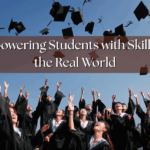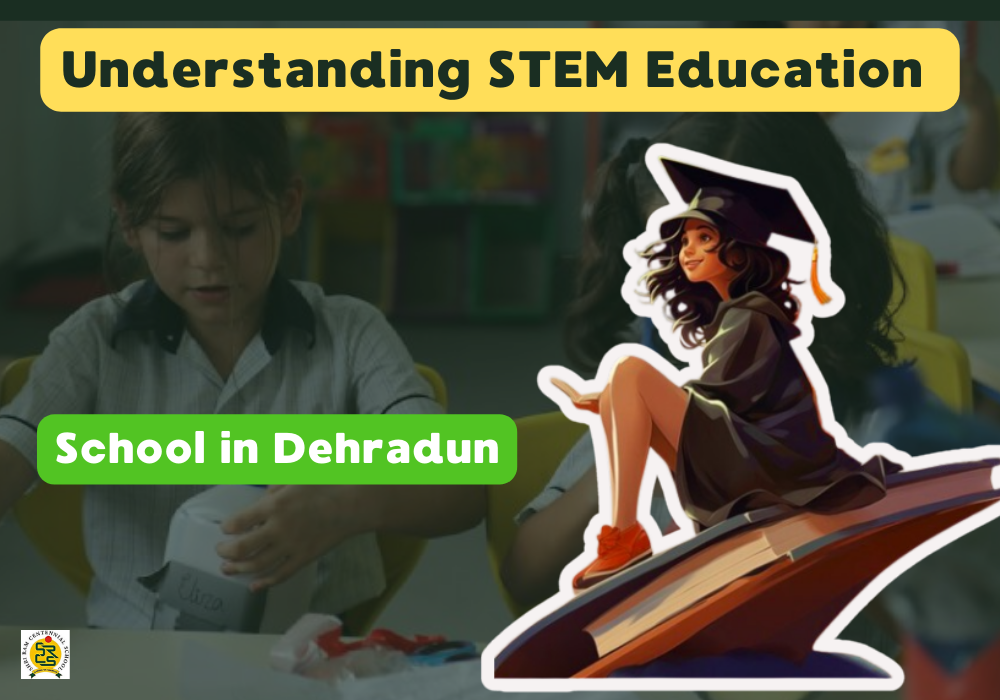The world is undergoing a rapid transformation driven by advancements in science, technology, engineering, and mathematics (STEM) fields. In today’s dynamic landscape, it’s crucial for educational institutions to equip students with the skills and knowledge to thrive in this ever-evolving environment. Shri Ram Centennial School (SRCS) in Dehradun is at the forefront of this movement, embracing a forward-thinking approach to education by integrating STEM and STEAM (STEM + Arts) principles into its curriculum. This article delves into SRCS’s commitment to future-ready education through STEM Education and STEAM learning.
We’ll explore the benefits of these approaches, how SRCS implements them in its classrooms, and the impact they have on preparing students for the jobs and challenges of the 21st century.
Understanding STEM Education and its Importance
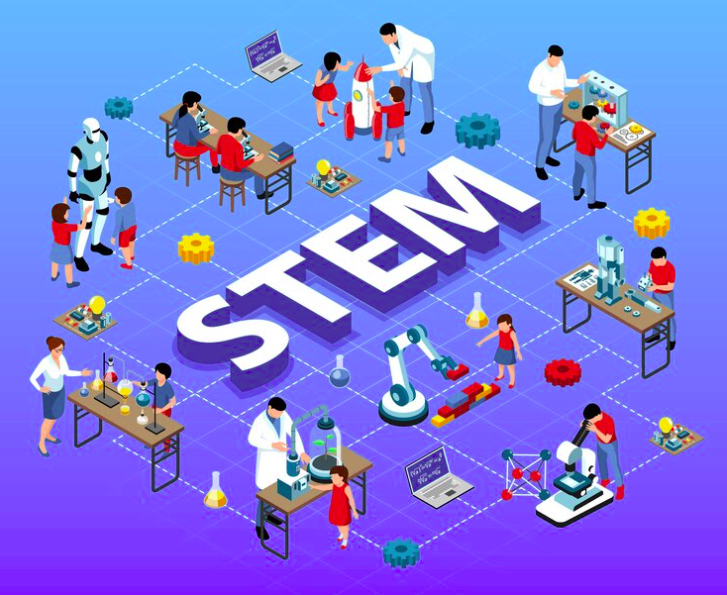
STEM Education focuses on the interconnectedness of science, technology, engineering, and mathematics. It encourages students to develop critical thinking, problem-solving, and collaborative skills through hands-on learning experiences. This approach fosters a deeper understanding of the scientific method, technological innovation, engineering design principles, and mathematical applications – all essential for success in a world increasingly driven by these disciplines.
Benefits of STEM Education
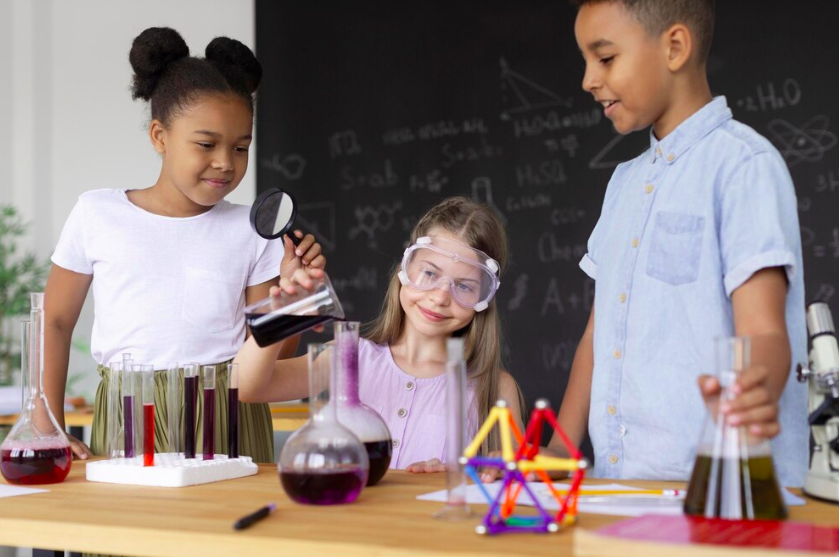
The benefits of STEM education are multifaceted and prepare students for success in various aspects of life:
- Developing Critical Thinking and Problem-Solving Skills: STEM activities encourage students to approach challenges creatively, analyze information, and develop solutions through experimentation and collaboration.
- Fostering Collaboration and Communication Skills: Working on projects in teams teaches students valuable communication skills, teamwork, and the ability to effectively share ideas and solutions.
- Enhancing Creativity and Innovation: By integrating the arts into STEM disciplines, STEM education encourages students to think outside the box, develop innovative solutions, and approach problems from a creative perspective.
- Building Digital Literacy and Technological Skills: Exposure to technology in STEM learning equips students with the digital literacy skills necessary to navigate the ever-increasingly technological world.
- Preparing Students for Future Careers: STEM fields are projected to experience significant growth in the coming years. By equipping students with the relevant skills and knowledge, STEM education gives them a competitive edge in pursuing future careers.
SRCS’s Implementation of a Robust STEM Education Program
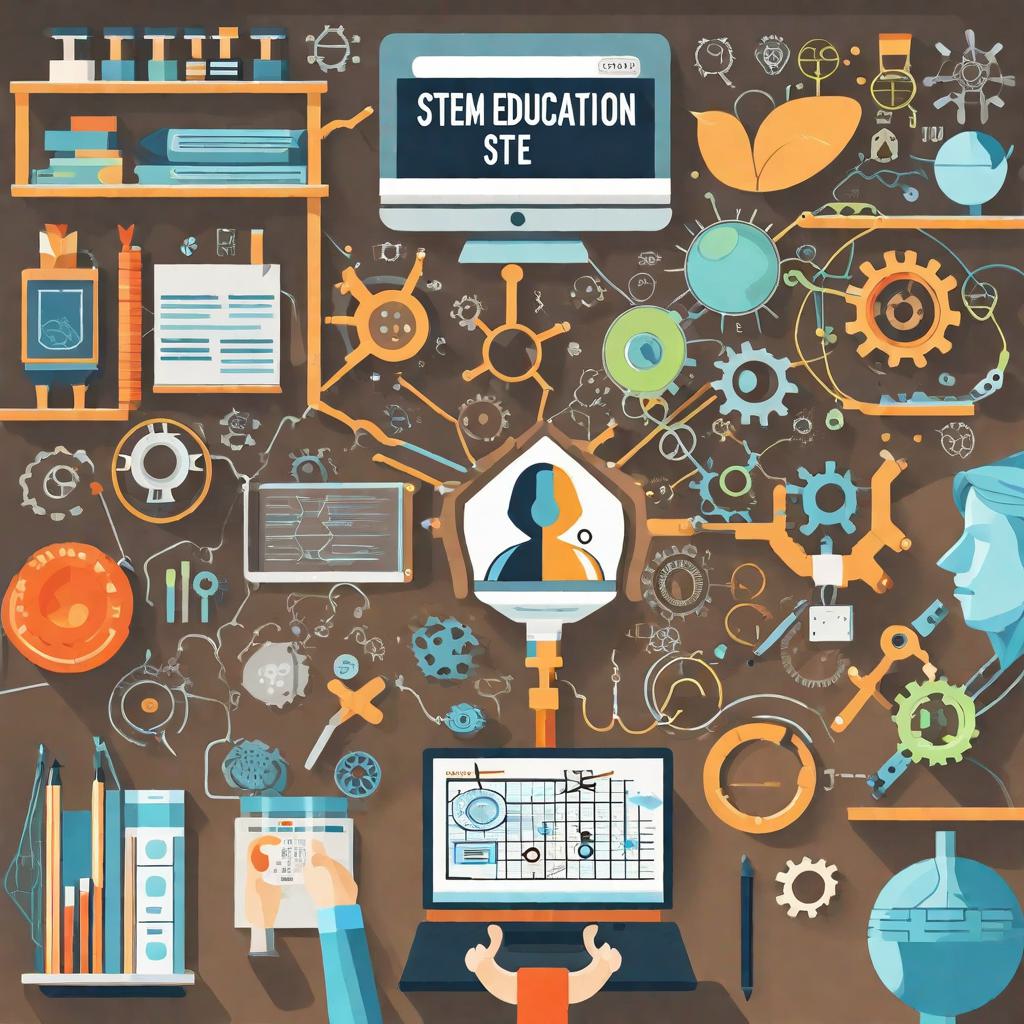
SRCS incorporates STEM Education principles into its curriculum in a variety of ways:
- Project-Based Learning: Students engage in real-world, project-based learning experiences that integrate different STEM disciplines. For example, a project might involve designing and building a model bridge that can withstand a specific amount of weight, requiring students to apply concepts from science, engineering, and mathematics.
- Technology Integration: SRCS leverages technology to enhance STEM education. This may involve using robotics kits, coding programs, simulations, or virtual reality tools to create a more interactive and engaging learning environment.
- Art Integration: By incorporating art forms like design, animation, or visual arts into STEM projects, SRCS encourages students to express their creativity and approach problems from a multifaceted perspective.
- Guest Speakers and Field Trips: SRCS invites professionals from STEM fields to interact with students, providing them with real-world insights and career inspiration. Additionally, field trips to science museums, research facilities, or engineering companies offer students firsthand exposure to these fields.
Examples of Engaging STEM Education Projects at SRCS
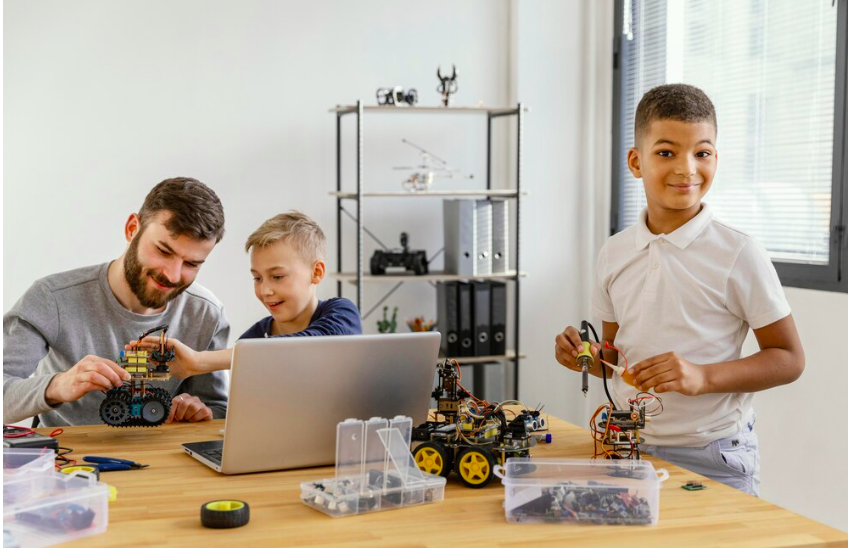
To illustrate the practical application of STEM education at SRCS, let’s consider some real-life examples:
- Designing a Sustainable City: A middle school project might involve students researching and designing a model city that incorporates sustainable practices in areas like energy, transportation, and waste management. This project would integrate science, technology, engineering, and potentially even elements of urban planning and architecture (art integration).
- Building and Programming Robots: Students might participate in a robotics club where they learn the basics of coding and electronics to build and program robots to perform specific tasks. This project incorporates science, technology, engineering, and mathematics.
- Creating a Stop-Motion Animation about the Solar System: An elementary school project could involve students researching the solar system and then creating a stop-motion animation using basic materials and technology. This project integrates science, art (animation), and potentially even technology (depending on the tools used).
These examples showcase how SRCS goes beyond traditional textbook learning to create a dynamic and engaging learning environment that fosters critical thinking, problem-solving, creativity, and collaboration – all essential skills for the future workforce.
Beyond the Classroom: Fostering a Culture of Innovation
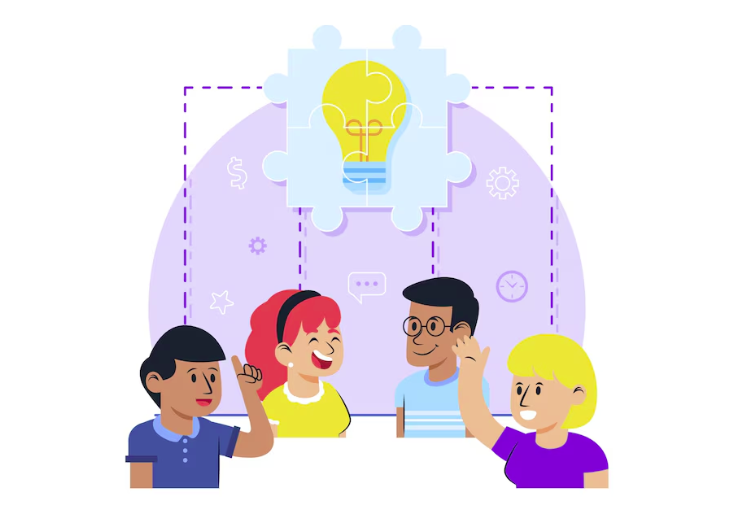
SRCS’s commitment to STEM education extends beyond the confines of the classroom. The school actively fosters a culture of innovation by creating opportunities for students to explore their interests and experiment with new ideas. This includes:
- Hackathons and Innovation Challenges: SRCS organizes hackathons and innovation challenges where students can team up to develop solutions to real-world problems. These events provide a platform for students to showcase their creativity, problem-solving skills, and knowledge gained through STEM education. Students brainstorm ideas, develop prototypes, and pitch their solutions to a panel of judges, fostering a sense of entrepreneurship and competition.
- Makerspaces and Innovation Labs: The school provides dedicated spaces equipped with tools and materials for students to tinker, build prototypes, and experiment with their ideas. These maker spaces and innovation labs are hubs of creativity and collaboration, where students can bring their STEM projects to life. Whether it’s designing a new prosthetic limb using 3D printing or developing a smartphone app to address environmental concerns, these spaces empower students to become inventors and innovators.
- After-School Programs and Clubs: SRCS offers a variety of after-school programs and clubs related to STEM and STEAM fields, such as robotics clubs, coding clubs, or environmental awareness clubs. These programs provide students with the opportunity to delve deeper into specific areas of interest and develop specialized skills. Students can participate in activities led by passionate educators and industry professionals, gaining valuable hands-on experience and fostering a lifelong love of learning in STEM fields.
Conclusion: Shaping Future-Ready Graduates
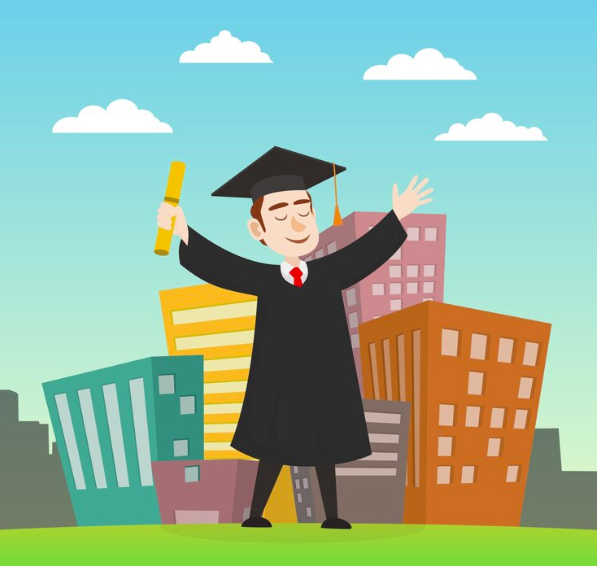
By embracing STEM education and fostering a culture of innovation, SRCS Schools in Dehradun goes beyond preparing students for standardized tests. The school equips them with the critical thinking, problem-solving, collaboration, and communication skills that are increasingly sought after by universities and employers in the 21st century. Graduates of SRCS School are not just well-versed in core academic subjects; they are creative, innovative, and adaptable individuals who are ready to tackle the challenges and embrace the opportunities of an ever-changing world.
The impact of SRCS School’s approach extends beyond individual student success. By fostering a culture of STEM and STEAM, the school contributes to the development of a future workforce that is adaptable, technologically literate, and equipped to solve the pressing issues of our time. From developing sustainable solutions for environmental challenges to pushing the boundaries of technological innovation, SRCS School graduates are well-positioned to make a significant impact on the world around them





